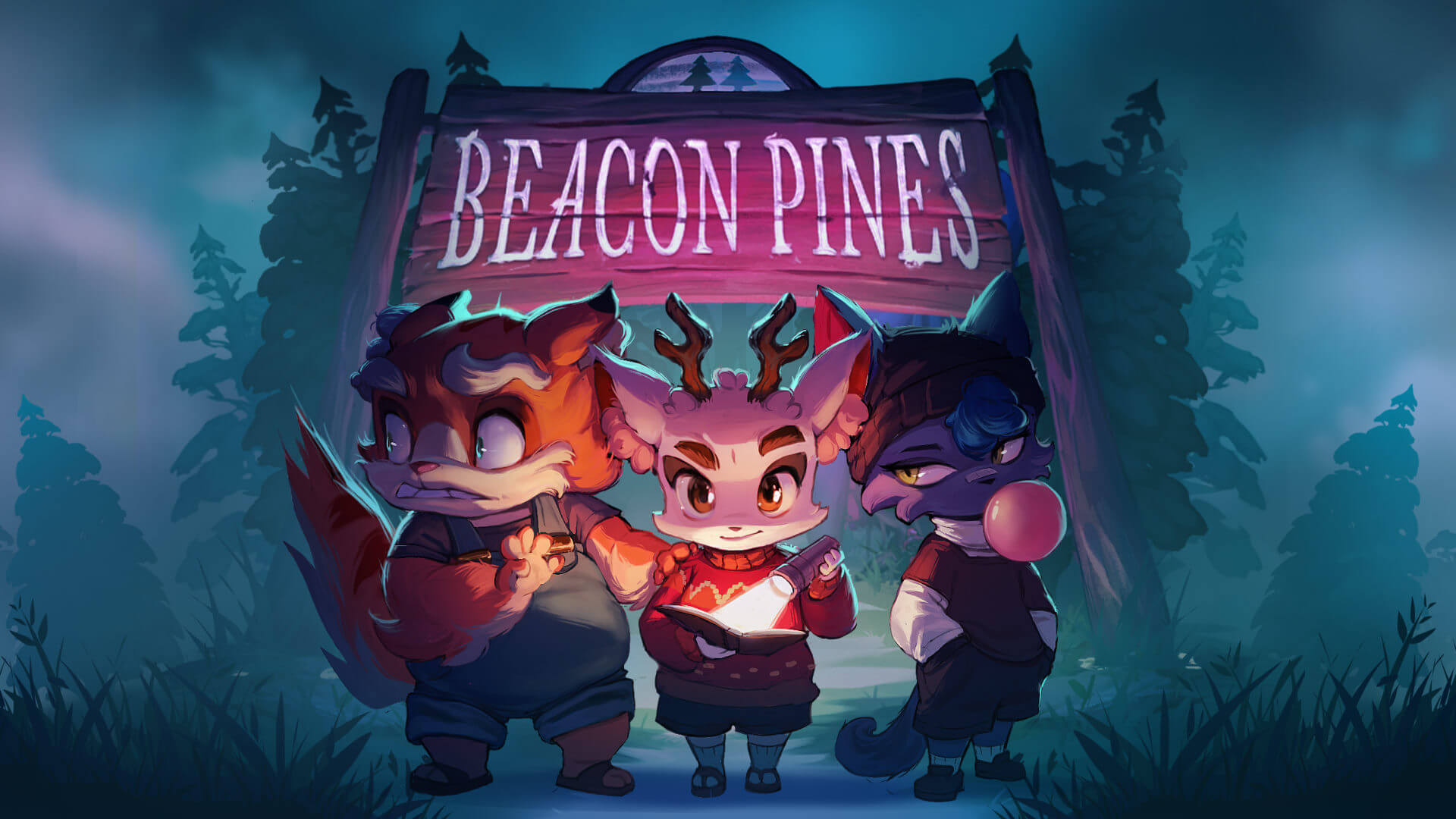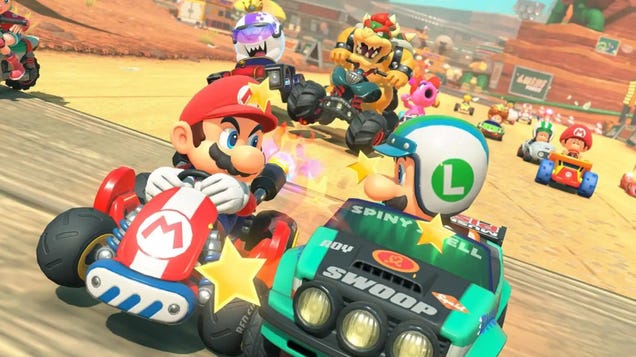
This spooky pre-teen mystery has great twists without being too tough.
Like a great mystery novel, my favorite moments in Beacon Pines are when I know what’s about to happen.
Early on, main character Luka VanHorn attempts to thwart his best friend’s older sister from dragging him home for chores instead of exploring a creepy warehouse together by being “a little chill.” That strategy fails spectacularly, but it was my only option at the time. In a later scene, I collect a new Mad-Libs-like word choice “shit” and I instantly realize that being “a little shit” to Roxy is going to work way better. And so it does.
This is the first major decision that splits the choose-your-own style adventure Beacon Pines down the center. It’s just a bit more interactive than a full-on visual novel—mostly walking, talking, and inspecting objects—but with a cozy horror level of intensity. The stakes of the plot perhaps wind up a bit over the cozy line by the time it’s said and done, but come on. Look at it.
(Image credit: Hiding Spot, Fellow Traveller)
Beacon Pines looks cute off the cuff, populated with animal characters and its paintbrush storybook aesthetic, but like the town itself has darker layers underneath. Not too dark and not too scary, but it’s definitely a story about swearing pre-teens, grief, bullying, and the sticky insecurities of friendship. Luka’s mom is missing, Rolo’s family farm is struggling, and their fresh third accomplice Beck resents always being the new kid because of her mom’s job.
Beacon Pines is a farming and former factory town in the middle of vaguely North American nowhere. And as happens with old factory towns, a shiny new corporation Perennial Harvest has swooped in to rebuild, re-employ, and slap its name on the local festival. But people are going missing. And the old Valentine Fertilizer warehouse is glowing with a spooky green light at night, which is definitely not the only secret it’s hiding.
The story’s the main attraction here since there’s no combat and little true sleuthing. As you progress through dialogue you’ll unlock new “charms,” words to use at those critical turning points that split the story off into actual branches along the visual story tree in the Chronicle book. It’s not particularly puzzling though. Oftentimes I’ve got one choice available to me, which will lead to a path down the story where I pick up another charm in a main conversation, which allows me to unlock a new path from another juncture. It isn’t a traditional adventure game about pixel-hunting or solving riddles, more a guided tour through a non-linear spooky story.
(Image credit: Hiding Spot, Fellow Traveller)
As a result of that tight control, Beacon Pines has structured its story in a way that’s near guaranteed to play out in a satisfying order. It didn’t allow me to bull through to an end point and spoil the twists for myself before I came back to find a new path. It slowly spiraled me outward, uncovering dead ends almost in layers as I crept towards its conclusion. It does a swell job of teasing its twists: one I proudly guessed and another I absolutely didn’t.
All throughout, the non-omniscient narrator, voiced by Kirsten Mize, absolutely sells the storybook experience. Her voice pairs so well with the visual aesthetic, soothing through most points of the story and getting excited or frustrated at its many false endings.
Beacon Pines has a fondness for putting dialogue in all-caps and a style of quippy teen banter that will hit or miss based on personal taste. Behind that sly, self-aware veneer, it’s genuinely a more empathetic story about 12-year-olds navigating friendship and loss than I had anticipated.
I spent about six hours with Beacon Pines, front to back, and likely left a secret or two on the table but did get through its major endings to finally arrive at the one true twist. Your best bet is giving the demo a try over on the Beacon Pines Steam page, which will take you through the first half hour or so of the story to make sure its blend of wry teen dramady works for you. Beacon Pines properly launches tomorrow, September 22.
(Image credit: Hiding Spot, Fellow Traveller)



